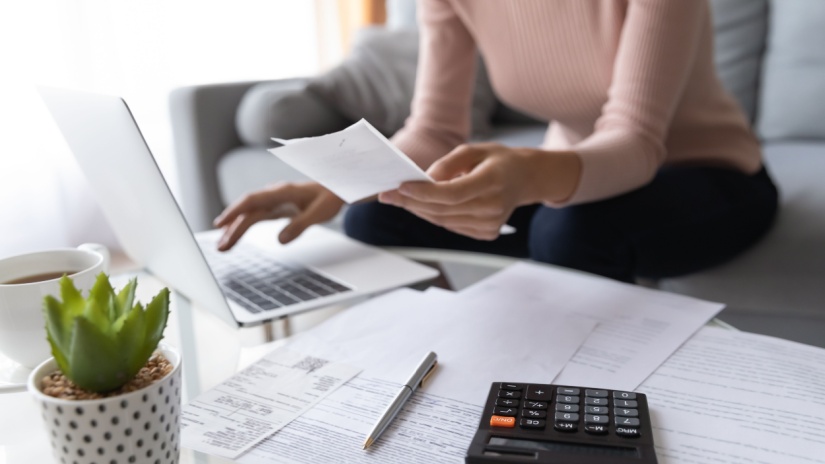Knowledge Centre
How to tell your bills are too high

Electricity and gas bills in Australia have been rising steadily over the past few years - but not always in ways you’ll immediately notice. One day you’re paying $250 a quarter, then all of a sudden, it’s $400 and you’re wondering how it got so high.
If you’ve ever opened your energy bill and felt a little shocked, you’re not alone. The good news? There’s often something you can do about it.
Here’s how to tell if your bills are too high, why they might be creeping up, and how to take action to lower your costs.
Are your bills creeping up? Here’s what to watch for
One of the biggest issues with energy bills is that increases can be gradual. You don’t always notice them month-to-month - but over a year, the difference can be hundreds of dollars.
Signs your energy bills might be getting out of control:
- Your usage hasn’t changed, but your bill keeps going up.
- You’re paying more than friends or neighbours with similar homes.
- Your energy plan has expired, and you’ve been rolled onto a “default” rate.
- You’ve added new appliances, but the increase seems more than it should be.
- Your provider raised their rates, but didn’t make it very clear.
What’s driving prices up?
There are a few reasons Aussie households are seeing higher power and gas bills:
Energy market changes
Wholesale prices have been volatile, and retailers often pass those costs on. Even if your usage stays the same, the rate you pay per kilowatt-hour or megajoule might rise.
Discount periods ending
If you signed up for a discounted energy plan a year or two ago, that deal might have ended without you realising. Many providers quietly roll you over to a higher rate.
Increased household usage
Spending more time at home? New air con? Working remotely? All of this adds up - even if it doesn’t feel like a big change.
Hidden charges
Daily supply charges, network fees, and peak/off-peak pricing can all add to your total - even if your actual electricity use is low.
How to compare your bill
It’s easier than you think to check whether you're overpaying. Grab your latest electricity or gas bill and look for:
- Your rate per kilowatt-hour (kWh) or megajoule (MJ)
- Daily supply charge
- Total usage and cost
- Plan name and expiry date
Then compare that with what other retailers are offering. If your rates are noticeably higher—or your plan has no discounts or expired benefits - it’s probably time to switch.
When was the last time you switched?
If it’s been more than 12 months since you last reviewed your energy plan, chances are you’re not on the best deal anymore. Energy providers rely on customers being passive - hoping you won’t notice when rates go up or discounts end.
Switching is usually quick and doesn’t require any changes to your meter, property, or energy supply. You just get the same power, from a new retailer, often at a better rate.
Call Compare Energy for a better deal
Don’t keep paying more than you should. Whether you’re with a big-name retailer or a smaller provider, there’s likely a better deal out there.
Call Compare Energy on 1300 790 106 to speak with an Australian-based expert who can help you:
- Compare electricity and gas plans across multiple retailers
- Understand your bill and identify hidden costs
- Switch quickly - with no disruption to your service
- Save money without changing how you use power

